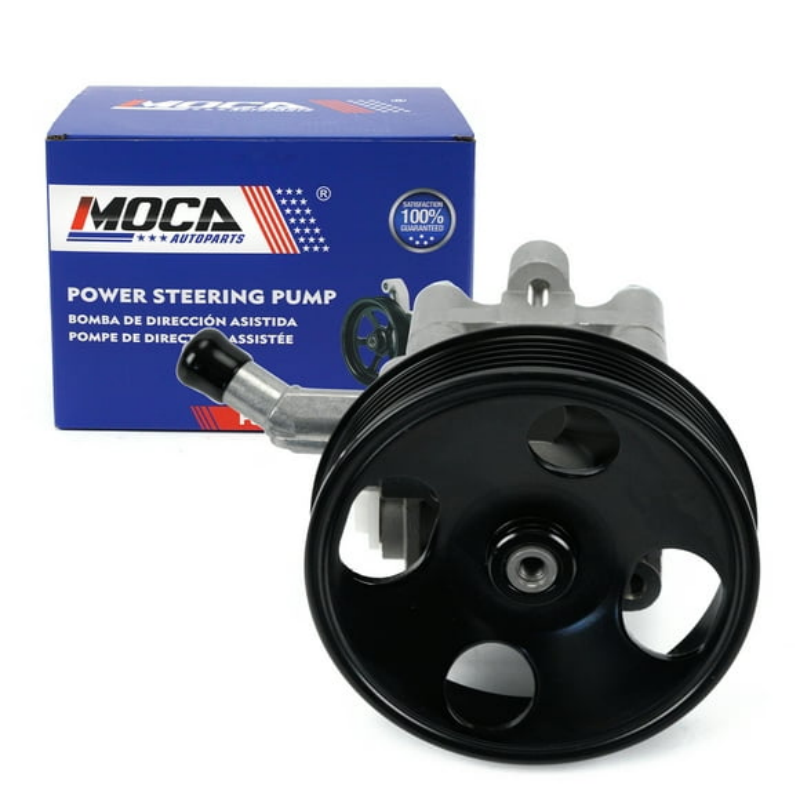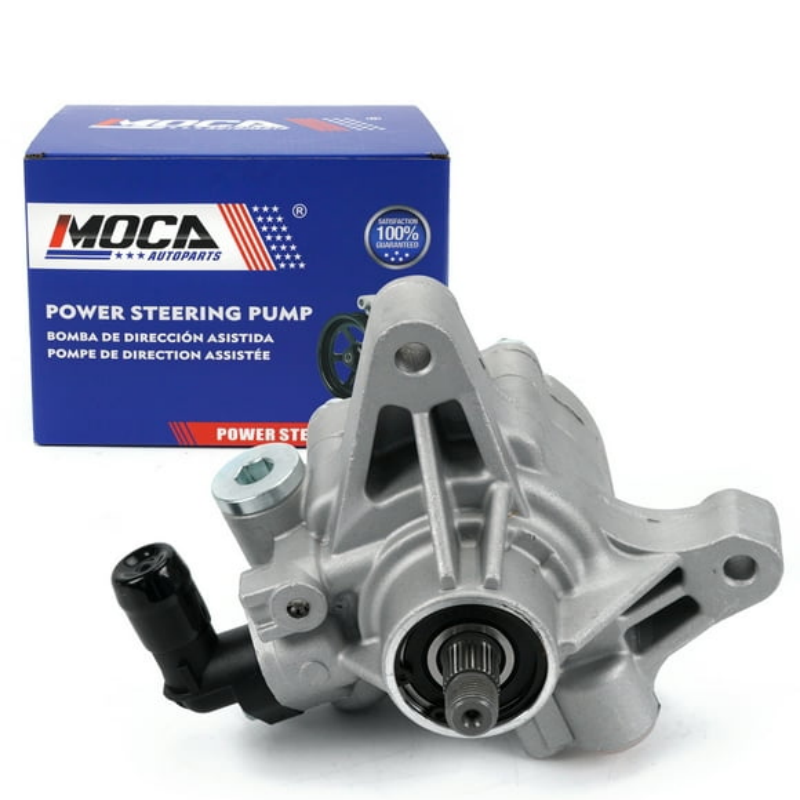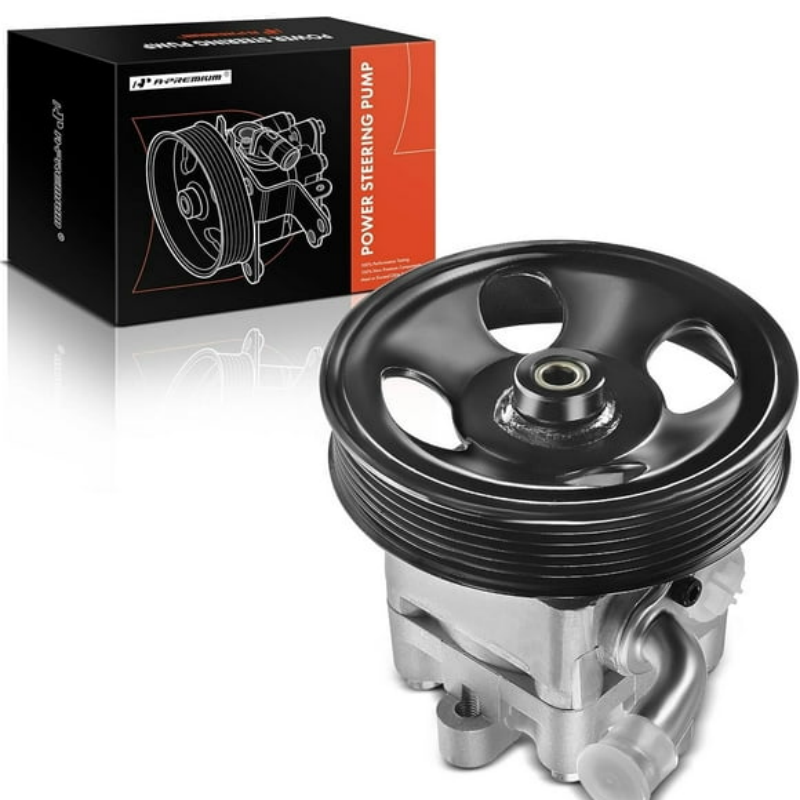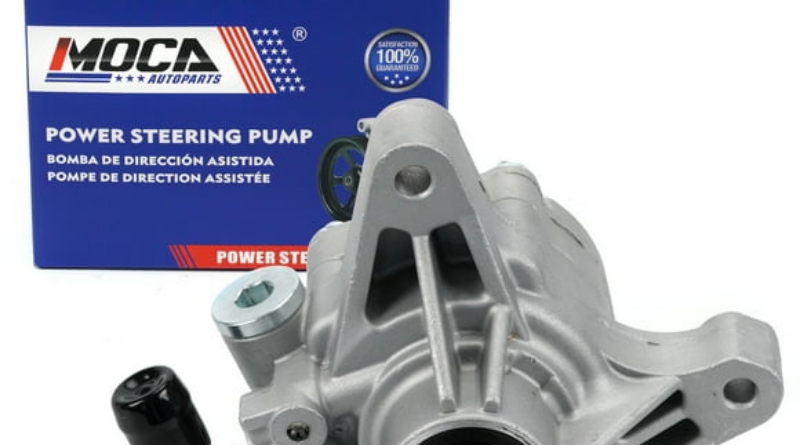How to Tell If Power Steering Pump Is Bad: Signs and Solutions
If you’ve noticed difficulty steering or strange noises from under the hood, you may be wondering how to tell if the power steering pump is bad. The power steering pump is a critical component in your vehicle’s steering system, responsible for supplying pressurized fluid to help make turning the wheels easier. When this pump malfunctions, you might experience a range of issues that can compromise both your driving experience and safety on the road. Recognizing the symptoms of a failing power steering pump early on can prevent further damage to your vehicle and costly repairs down the line. In this comprehensive guide, we will explore the signs that indicate a bad power steering pump, the underlying causes of its failure, troubleshooting techniques, and how to go about repairing or replacing the pump. By the end of this article, you will understand precisely what to look for when trying to determine if your power steering pump is in trouble.

What Is a Power Steering Pump?
To effectively identify how to tell if the power steering pump is bad, it’s essential first to understand the pump’s role in the vehicle’s steering system.
Functionality of the Power Steering Pump
The power steering pump generates hydraulic pressure using power steering fluid, assisting the driver in steering the vehicle with minimal effort. This hydraulic system is especially critical in larger vehicles or those with heavy front ends, where steering could otherwise require significant physical effort. When the power steering pump operates correctly, it allows for smooth, responsive handling.
Types of Power Steering Systems
Understanding the type of power steering system in your vehicle can also provide context for pump functionality. There are two primary types of power steering systems:
- Hydraulic Power Steering: The traditional system that relies on a belt-driven pump to pressurize hydraulic fluid.
- Electric Power Steering (EPS): A newer system that uses an electric motor to create assistive steering force, eliminating the need for hydraulic fluid and pump maintenance.
In most cases, a failing power steering pump is found in hydraulic systems, while EPS issues arise from electric components. As we focus on how to tell if the power steering pump is bad, we will primarily concentrate on hydraulic systems.
Signs of a Failing Power Steering Pump
Recognizing the symptoms of a bad power steering pump is crucial for maintaining safe and efficient vehicle operation. Below are the most common signs that may indicate an issue with the power steering pump.
Difficulty Steering
One of the first signs that you may notice is a significant change in steering. If you find that your steering wheel is harder to turn, this could be a key indicator of a failing power steering pump.
- Feeling Stiff or Heavy: You might feel increased resistance when attempting to steer, particularly at low speeds or when attempting sharp turns. This stiffness can make it challenging to maneuver your vehicle safely, especially in tight spaces or during parking.
Unusual Noises
An audible symptom of a bad power steering pump is unusual sounds coming from the steering system itself.
- Whining or Squealing Noises: If you hear whining or squealing sounds when turning the wheel, this could indicate that the pump is struggling due to low fluid levels or potential internal failures.
- Clunking or Grinding: On rare occasions, you may hear clunking or grinding noises, which could suggest serious mechanical issues within the pump or associated steering components.
Fluid Leaks
Another prevalent sign of a failing power steering pump is the presence of fluid leaks.
- Power Steering Fluid: The power steering fluid is typically a reddish or clear color. If you notice fluid pooling under your vehicle where it’s parked, there’s likely a leak.
- Diminished Fluid Levels: Regularly checking your power steering fluid levels can also help you identify issues. If the fluid levels drop consistently, you might have a leak in your system, indicating potential pump failure.
Warning Lights
Modern vehicles are equipped with advanced monitoring systems that can alert you to issues with the power steering system.
- Dashboard Warning Lights: If your vehicle’s onboard diagnostics detect issues with the power steering pump or fluid levels, it may trigger a warning light on your dashboard. Pay attention to any illuminated warnings, as they may require immediate attention.
Cracks or Damage
Finally, physical inspection of the power steering pump can provide visual cues indicating a problem.
- Cracks in the Pump Body: A visual inspection may reveal cracks or physical damage to the power steering pump itself.
- Worn or Damaged Hoses: Check the hoses connected to the pump for signs of wear, as damaged hoses can lead to fluid leaks and impact pump performance.
Common Causes of Power Steering Pump Failure
Understanding the underlying causes can assist you with preventative measures and maintenance. Here are several common reasons behind power steering pump failure.
Low Power Steering Fluid
One of the most straightforward causes of pump failure is simply running low on power steering fluid. Over time, fluid levels can drop due to leaks or evaporation, affecting how effectively the pump operates.

Contaminated Fluid
Another common culprit is contaminated power steering fluid. While the fluid should remain relatively clean, debris or moisture can contaminate it. If not addressed, this contamination can lead to internal wear on the pump, eventually resulting in failure.
Wear and Tear
Like all mechanical components, power steering pumps experience wear over time. Regular use, combined with factors like high temperatures and pressure, can cause the internal components of the pump to deteriorate. Eventually, this wear can result in decreased performance or complete pump failure.
Belt Issues
In hydraulic power steering systems, the pump is driven by a belt connected to the engine. If this belt becomes worn, cracked, or loose, it can impact the efficiency of the pump, leading to potential failure.
Pump Construction Quality
Lastly, the quality of the power steering pump itself can significantly affect its lifespan. Low-quality pumps are more prone to failures, often requiring early replacement. Investing in reputable brands can help ensure durability and functionality.
Diagnosing a Bad Power Steering Pump
If you suspect your power steering pump may be failing, diagnosing the problem requires a systematic approach. By following these steps, you can determine the condition of your pump and decide the best course of action.
Initial Examination
Start by performing a visual examination of the power steering system. Look for any visible leaks, cracks, or damage to the pump and hoses.
Check Fluid Levels
Next, check the power steering fluid levels. If the fluid is low, fill it to the appropriate level and observe if the problem persists. If you notice fluid leaking, it may require further investigation.
Inspect for Noise
Turn the key in the ignition and listen for any unusual sounds. If you hear whining, grinding, or any other strange noises when turning the steering wheel, this could indicate pump issues.
Monitor Steering Performance
Take your vehicle for a short drive and pay attention to the steering response. If the wheel feels stiff or unresponsive, this may indicate that the pump is struggling to provide the necessary hydraulic pressure.
Diagnostic Tools
If the above checks do not yield clarity, you may consider using diagnostic tools. An OBD-II scanner can help identify any trouble codes related to the power steering system.
Professional Assistance vs. DIY Solutions
When it comes to addressing power steering pump problems, you may find yourself at a crossroads—should you consult a professional, or attempt to fix it yourself?
Advantages of Seeking Professional Help
- Expert Diagnosis: Mechanics have the training and experience to accurately diagnose issues. This expertise can prevent misdiagnosis and unnecessary repairs.
- Proper Tools: Professional mechanics have access to specialized tools required for power steering services, including diagnostic equipment and hydraulic testing devices.
- Warranties and Guarantees: Many repair facilities offer warranties on their services. This provides peace of mind and protection against further issues.
DIY Solutions
For those experienced with automotive maintenance, engaging in DIY repairs can be both cost-effective and rewarding. However, this approach requires honesty about your skill level.
- Cost Savings: Performing repairs yourself saves on labor costs associated with a mechanic.
- Learning Experience: Engaging with your vehicle’s maintenance allows you to become more knowledgeable about its systems and build valuable skills.
- Time Commitment: DIY repairs may take longer, especially if you are unfamiliar with the tasks required. Allocate adequate time and resources to ensure a quality job.
Best Practices for DIY Repairs
If you choose to tackle the repairs yourself, it’s essential to take certain precautions:
- Gather Insurance Documentation: Before starting any work, ensure you have necessary warranties and documentation on hand.
- Utilize Quality Parts: Always use high-quality replacement parts to enhance the longevity of your repairs.
- Follow Guidelines: Utilize manuals or online resources specific to your vehicle make and model to ensure proper procedures.
Maintaining Your Power Steering System
Once you’ve resolved any issues with your power steering pump, regular maintenance will help keep your steering system functioning well.
Fluid Checks
Regularly check your power steering fluid levels. Ensuring that the fluid is clean and filled to the appropriate level is essential for optimal performance. Typically, you should check the fluid monthly or before long trips.
Change the Fluid
Although power steering fluid can last for years, it’s wise to change it every couple of years or as indicated in your vehicle’s owner manual. Contaminated fluid can lead to pump failure and should be replaced promptly.
Inspect Belt Condition
Occasionally inspect the condition of the belt driving the power steering pump. Replacing worn or damaged belts before they fail will prevent disruptions in steering assistance.
Regular Maintenance
Lastly, adhering to regular professional maintenance is crucial. Schedule yearly inspections to evaluate the entire steering system, including the pump, hoses, and lines. This approach keeps your vehicle running smoothly and extends the lifespan of components.

Conclusion
In conclusion, understanding how to tell if the power steering pump is bad is crucial for maintaining your vehicle’s safety and performance. Recognizing the symptoms early on can prevent costly repairs and ensure a comfortable driving experience. Whether you notice difficulty steering, unusual noises, or fluid leaks, being proactive can prolong the life of your vehicle’s steering system.
Moreover, diagnosing the problem accurately, along with routine maintenance, will help keep your power steering system in good working condition. Whether you choose to seek professional help or take a hands-on approach, addressing issues as they arise ensures that you can provide a safe and smooth driving experience for yourself and your passengers. As a result, you’ll not only preserve your vehicle’s integrity but also enhance your peace of mind on the road.
